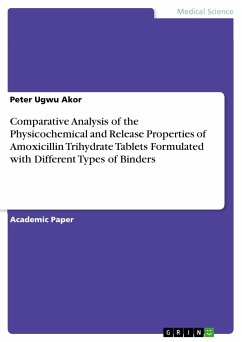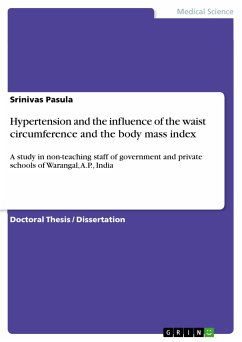Research Paper (postgraduate) from the year 2014 in the subject Pharmacology, grade: 2, , language: English, abstract: The purpose of the study was to design bilayer floating tablets of Propranolol hydrochloride and Lovastatin to give immediate release of Lovastatin and controlled release of Propranolol hydrochloride. Bilayer floating tablets comprised of two layers, immediate release layer and controlled release layer. Direct compression method was employed for formulation of the bilayer tablets. Short term accelerated stability studies were carried out on the prepared tablets. All the formulations floated for more than 12h. More than 90% Lovastatin was released within 30 min. from the formulations. HPMC K4M and Xanthan gum retarded the release of Propranolol hydrochloride from the controlled release layer for 12h. After stability studies, apparent degradation of both the drugs were found but the drug content was found to be within the range. Diffusion exponent (n) was determined for all the formulations (0.53-7). Based on coefficient of correlation(R), the release of Propranolol hydrochloride was found to follow mixed release pattern of Hixson-Crowell, Korsmeyer-Peppas and matrix, except formulation F6 and F9, which followed zero order release pattern. Statistical analysis revealed that there was no significant difference in in vitro release pattern of the drugs before and after stability studies.









